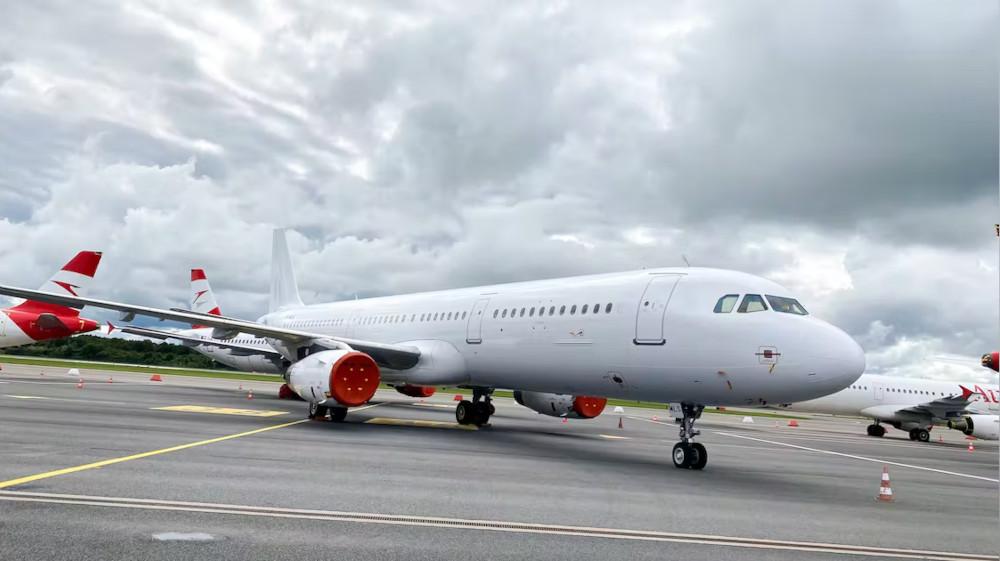
Previously, many mid-life aircraft had their leases renegotiated during the COVID pandemic or were placed with a new lessee at the lower rate than the market was commanding at the time, observes Alex Vella, chief operating officer at Magnetic Leasing.
However, lease rates started to rise last year and this is expected to further increase in 2023 owing to several factors. “In 2023, lessors will likely sell aircraft to either turnover their portfolio, refresh their capital to fund new deliveries or pay back some debt,” observes Vella.
He believes this will create a buyer's market for leased aircraft this year.
Similar to how investment has gone into creating new airlines to fill the void created by COVID-19, Vella sees plenty of new capital available for leasing platforms. These sources include sovereign wealth funds investing in new-technology portfolios to private equity and insurance investors in the freighter and mid-life space.
Magnetic Leasing sees this trend spilling well into 2023. “We may see slightly varied structures, for instance, different equity and debt partners within the same leasing entity, such as the new high ridge platform,” says Vella. “Different pockets of capital can be used for specific segments like new tech, mid-life, engines and freighters, as all have different drivers and risk or return profiles which appeal to different investors.”
There is certainly the possibility of seeing further market consolidation and companies exiting the market as financiers look to redeploy capital into other areas--Standard Chartered being a recent example. Vella says in the previously benign market environment with cheap and flexible money, it was a relatively simplistic model to own big aircraft portfolios and earn the expected returns.
“Looking at the fund managers who are making the decisions, they usually only earn if a specific hurdle rate is achieved. Due to the black swan events and current interest rates, they can already forecast that they are unlikely to reach the hurdle, so their incentive to keep intensively managing a portfolio diminishes--they are simply not in it for the monthly fees,” Vella explains.
More than ever, 2023 should be an exciting year for the mid-life aircraft space, and the overriding sentiment is bullish that the market will see increased levels of trading and lease rates continue to climb, powered by high-interest rates.
Vella foresees certain sellers that wish to exit the space will offer a discount to move to the equilibrium mid-point. “Still, it may depend on the impairment the seller has already made. Essentially the buyer has to be priced in for the increased market risk and higher financing costs, which can only be achieved with one, or both a discounted purchase price and a higher lease rate.”
One area where there continues to be trading action is those lessors that have freighter conversion slots committed. Vella continues: “They are forced to buy feedstock at a higher price point, but the long-term nature of the transaction and higher lease rates on passenger-to-freighter aircraft, mainly the A321, enable them to justify the price. However, this demand may dissipate with the freighter market cooling and slots booked out for the next three to four years.”
Macroeconomic factors such as the war in Ukraine, together with inflation and high-interest rates will certainly continue to shape both the commercial aviation sector as a whole and the mid-life leasing and trading market.
